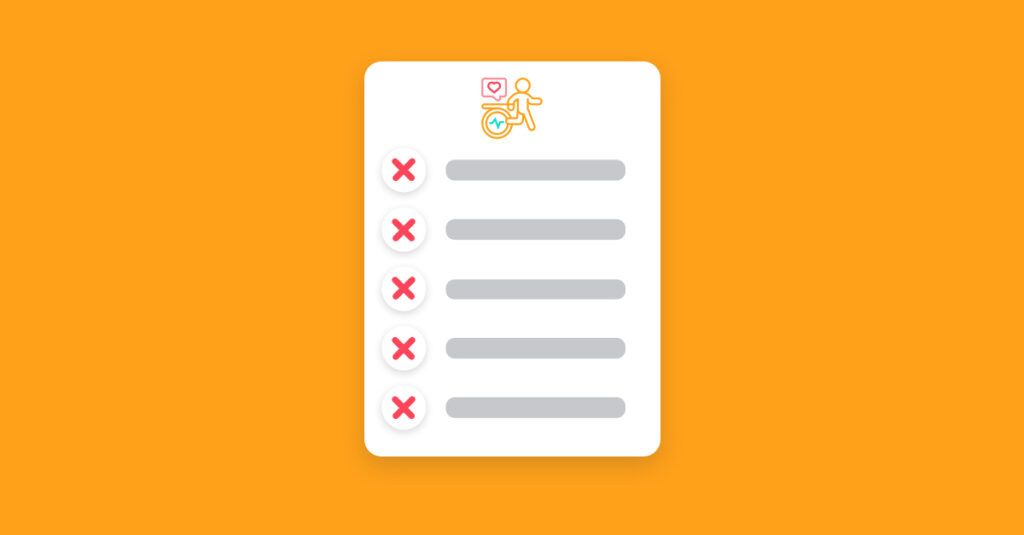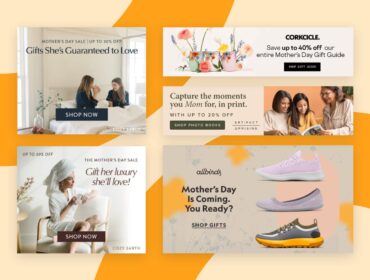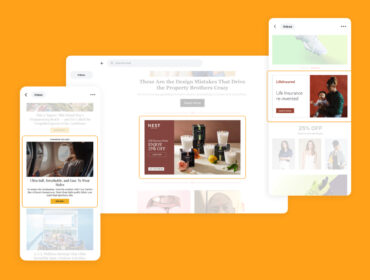Breaking 5 Myths About Health and Wellness Advertising
Christmas and Hanukkah might fall in December, but health and wellness marketers get to open their presents after the new year: high clicks and conversions from consumers looking to make good on those resolutions.

According to Inc., the top three new year’s resolutions are dieting, exercising, and losing weight. If that doesn’t scream “opportunities for health and wellness marketing,” we don’t know what does.
At LiveIntent, with January comes a 20% increase in health and wellness campaigns, with most launching in the first two weeks of the year. That means the marketing space can get pretty crowded with campaign spend, messaging, and yes, misinformation.
To help marketers make the most of their new year’s campaigns, we’ve used the data to break five myths about how health and wellness marketers run programmatic advertising in email.
Here’s what we found.
Myth #1: Reach younger audiences.
Millennials may be driving health and wellness trends, but they aren’t the only ones looking for new ways to stay healthy and active. As baby boomers enter retirement, they may be using their newfound time and energy to invest in self-care.
According to LiveIntent data, health and wellness email ads actually perform better among audiences aged 40 and above. This demographic drove a 2x higher clickthrough rate (CTR) and 3x higher conversion rate than their younger counterparts.
Myth #2: Target male consumers.
The gym gender gap is real, with men more likely to get proper exercise than women. When it comes to ads in email inventory, however, women perform better than men, driving a 10% higher CTR and 35% higher conversion rate.
Myth #3: Distribute content on weekdays.
Early mornings and evenings after work are popular times to hit the gym. But people don’t only focus on health and wellness during the week. In fact, health and fitness campaigns see the most engagement on Saturdays and Sundays, while CTR and conversions dip on Mondays and Fridays.
Myth #4: Only buy ads in health and wellness content.
Sure, if you’re a health and wellness marketer, it makes sense to run programmatic advertising in health and wellness emails. But there are other email categories that drive engagement.
LiveIntent found that email newsletters in the food and drink vertical, as well as home and garden, see a 3x higher CTR than the average email newsletter. Meanwhile, newsletters focused on real estate and law, government, and politics see a 2x lower CTR.
Myth #5: Focus solely on the start of the year.
Ok, so we hyped up new year’s campaigns — and for good reason. They drive clicks and conversions. And, yes, the number of these campaigns dips in July, when people have already worked on their summer bods and decided if they’re committing to their new year’s resolution.
Still, that doesn’t mean health and wellness marketers should neglect the rest of the year. Because when it comes to running programmatic advertising in email, health and wellness marketers outperform their peers in other verticals. They see a 25% higher CTR and 5% higher conversion rate than the average advertiser.
Health and wellness marketers can keep this engagement going by reaching people directly in their inboxes with messaging that helps them stick to those resolutions — even after the excitement of the new year wears off.


